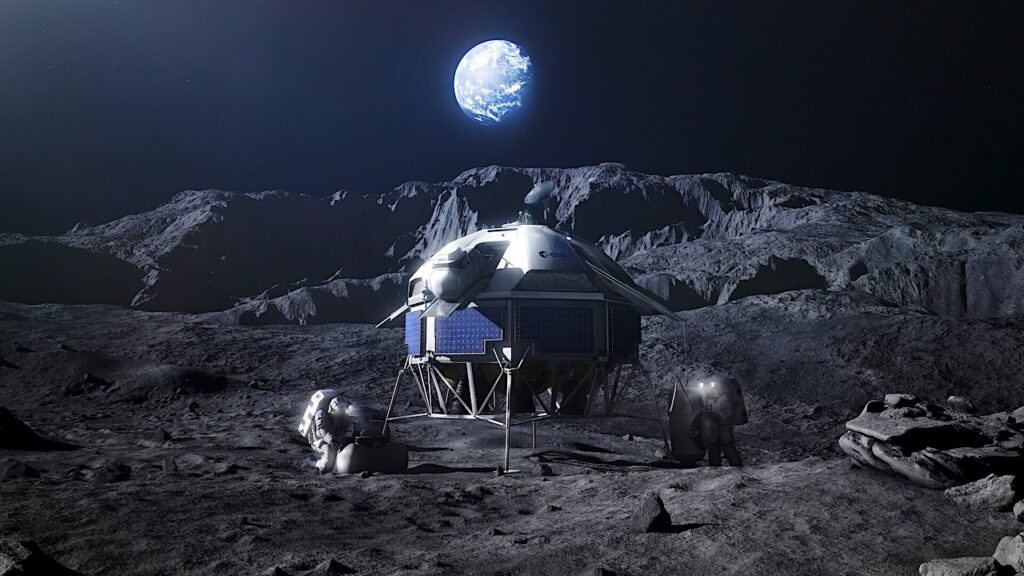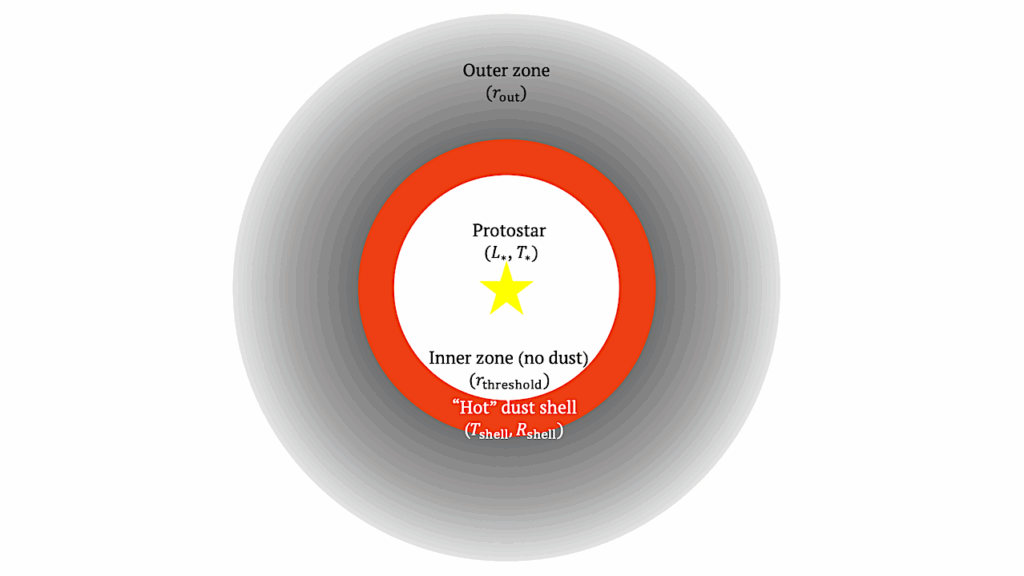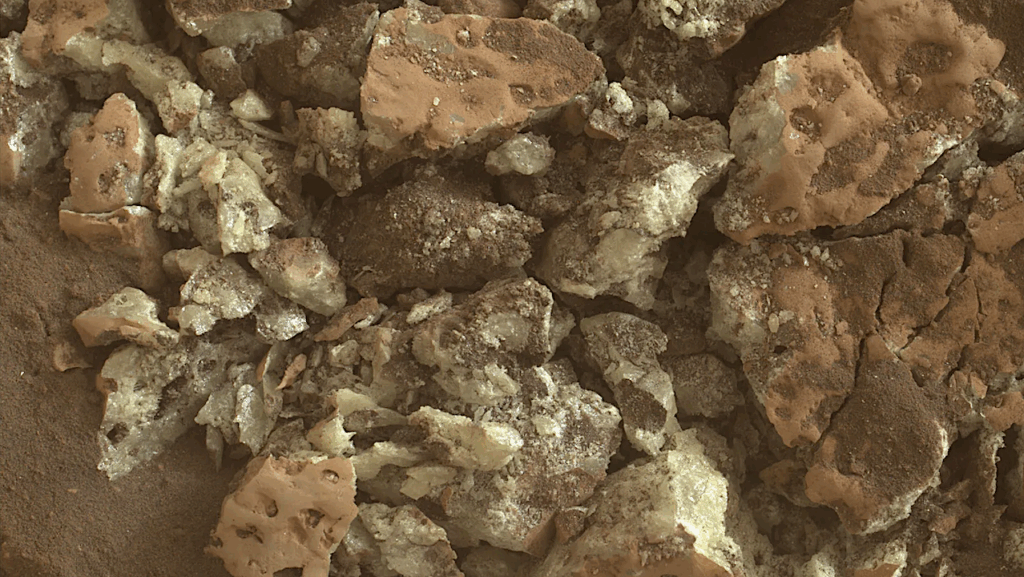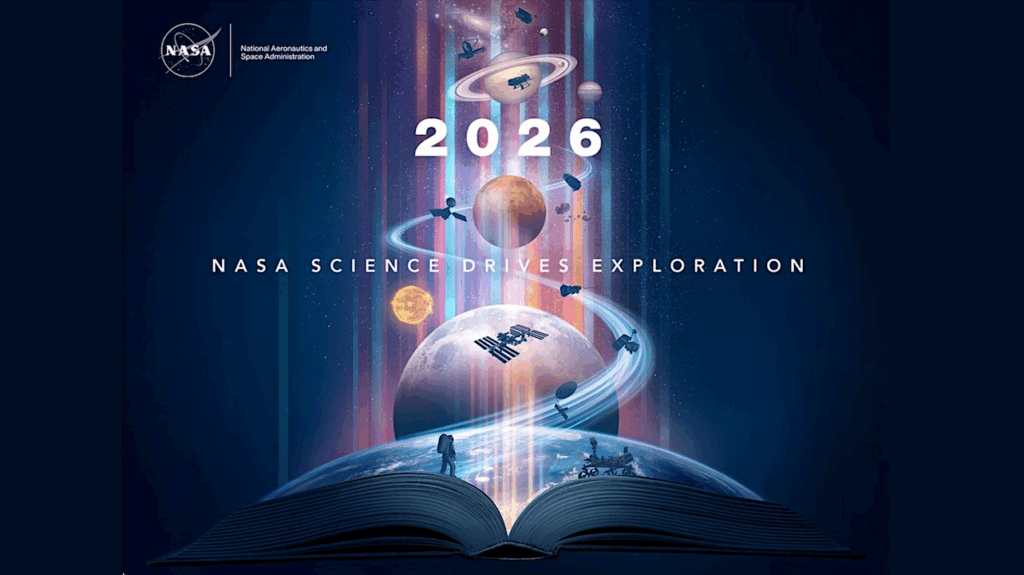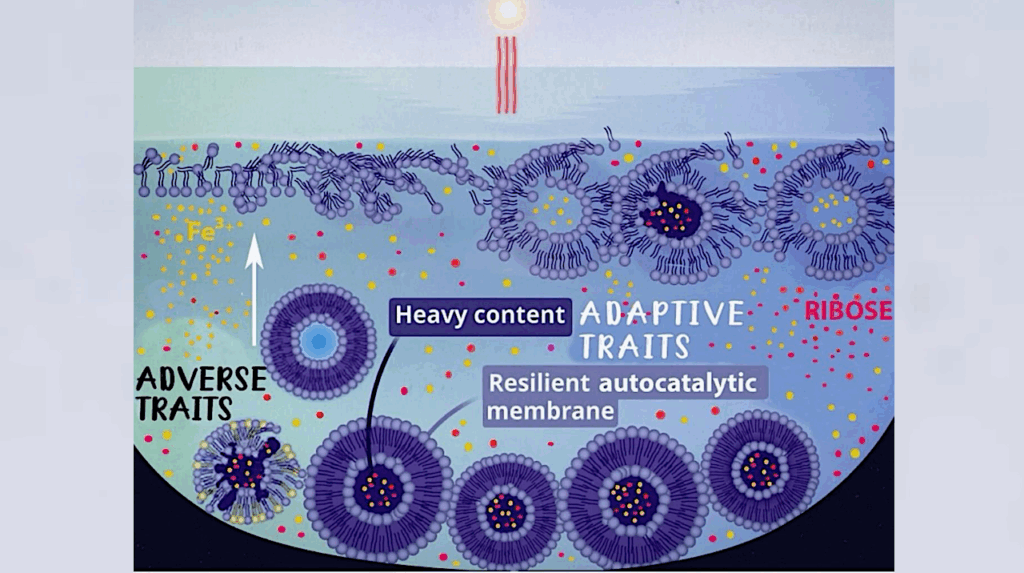The First Spatially-resolved Detection of 13CN in a Protoplanetary Disk and Evidence for Complex Carbon Isotope Fractionation

Recent measurements of carbon isotope ratios in both protoplanetary disks and exoplanet atmospheres have suggested a possible transfer of significant carbon isotope fractionation from disks to planets.
For a clearer understanding of the isotopic link between disks and planets, it is important to measure the carbon isotope ratios in various species. In this paper, we present a detection of the 13CN N=2−1 hyperfine lines in the TW Hya disk with the Atacama Large Millimeter/submillimeter Array. This is the first spatially-resolved detection of 13CN in disks, which enables us to measure the spatially resolved 12CN/13CN ratio for the first time.
We conducted non-local thermal equilibrium modeling of the 13CN lines in conjunction with previously observed 12CN lines to derive the kinetic temperature, H2 volume density, and column densities of 12CN and 13CN. The H2 volume density is found to range between (4−10)×107 cm−3, suggesting that CN molecules mainly reside in the disk upper layer. The 12CN/13CN ratio is measured to be 70+9−6 at 30<r<80 au from the central star, which is similar to the 12C/13C ratio in the interstellar medium.
However, this value differs from the previously reported values found for other carbon-bearing molecules (CO and HCN) in the TW Hya disk. This could be self-consistently explained by different emission layer heights for different molecules combined with preferential sequestration of 12C into the solid phase towards the disk midplane. This study reveals the complexity of the carbon isotope fractionation operating in disks.
Tomohiro C. Yoshida, Hideko Nomura, Kenji Furuya, Richard Teague, Charles J. Law, Takashi Tsukagoshi, Seokho Lee, Christian Rab, Karin I. Öberg, Ryan A. Loomis
Comments: 16 pages, 7 figures, accepted for publication in ApJ
Subjects: Earth and Planetary Astrophysics (astro-ph.EP)
Cite as: arXiv:2403.00626 [astro-ph.EP] (or arXiv:2403.00626v1 [astro-ph.EP] for this version)
Submission history
From: Tomohiro C. Yoshida
[v1] Fri, 1 Mar 2024 16:01:44 UTC (5,503 KB)
https://arxiv.org/abs/2403.00626
astrobiology



